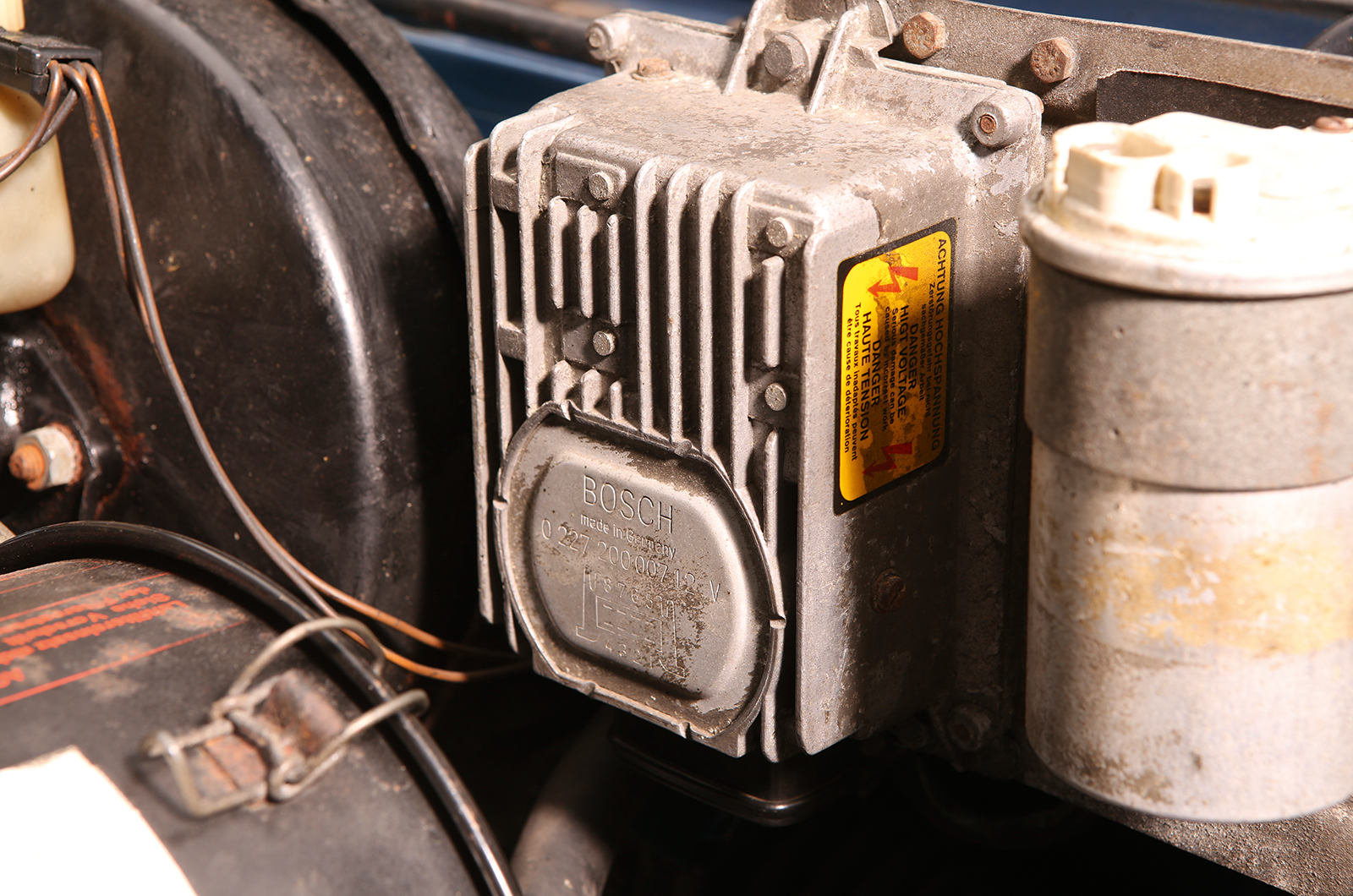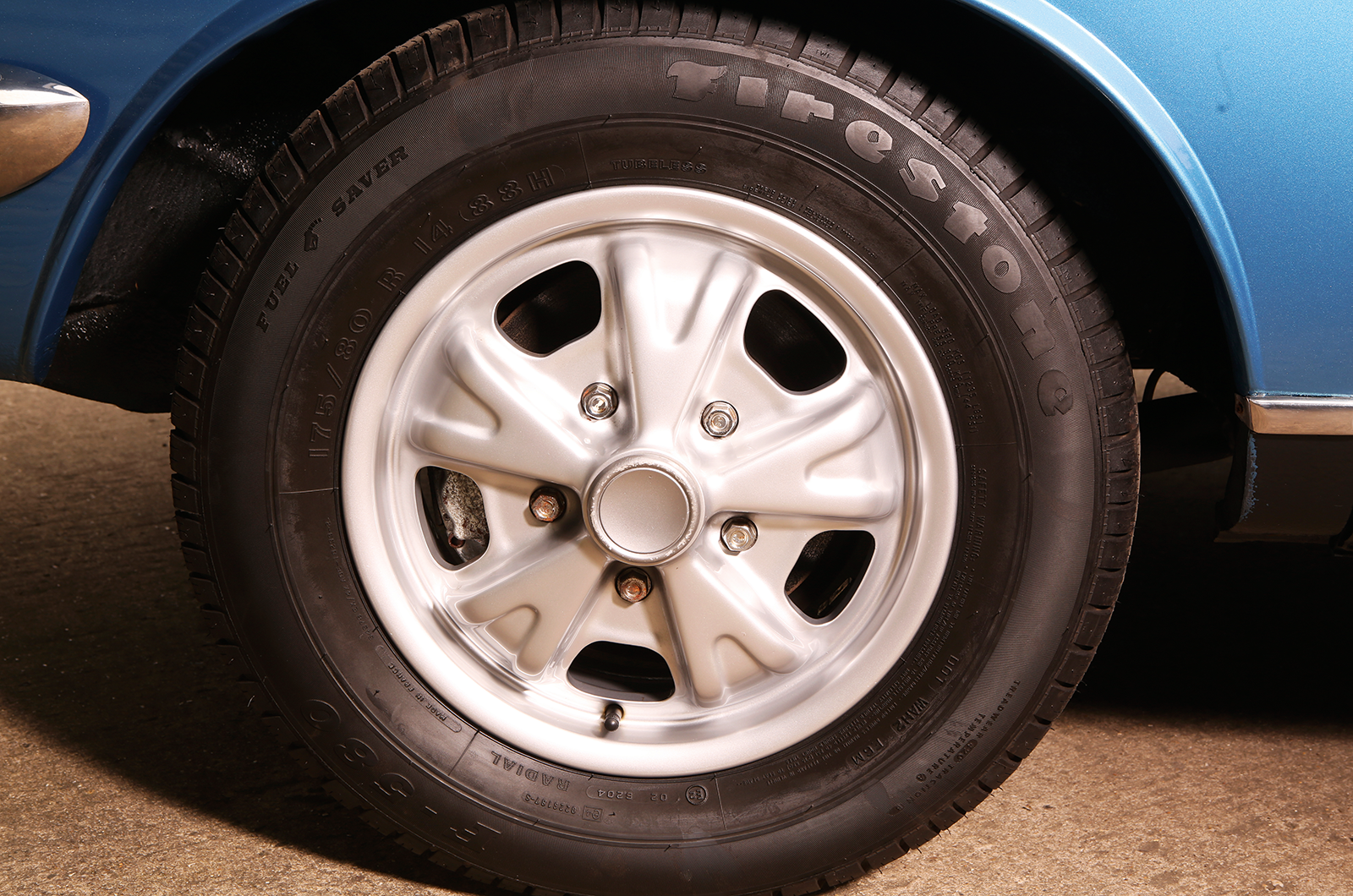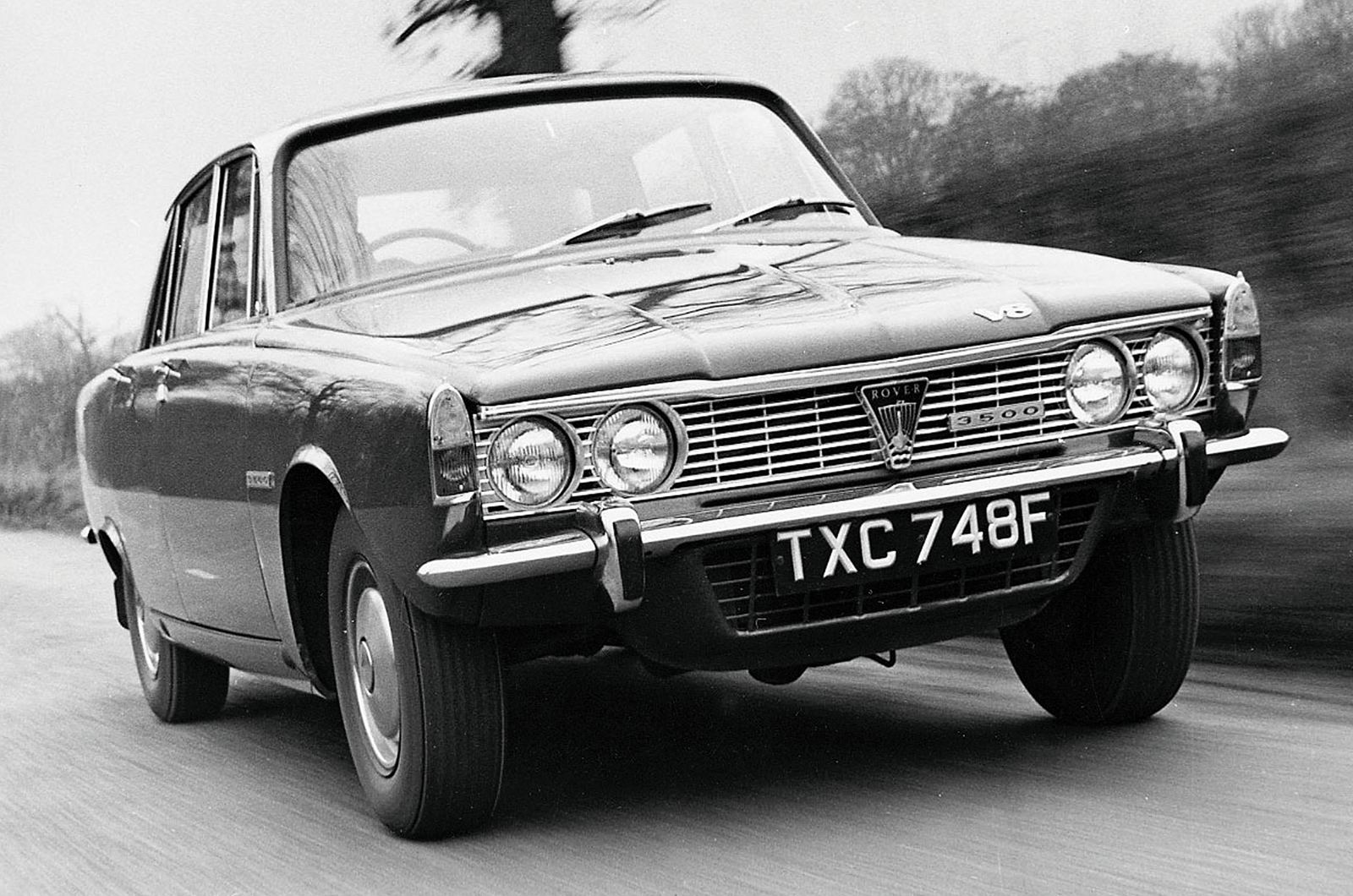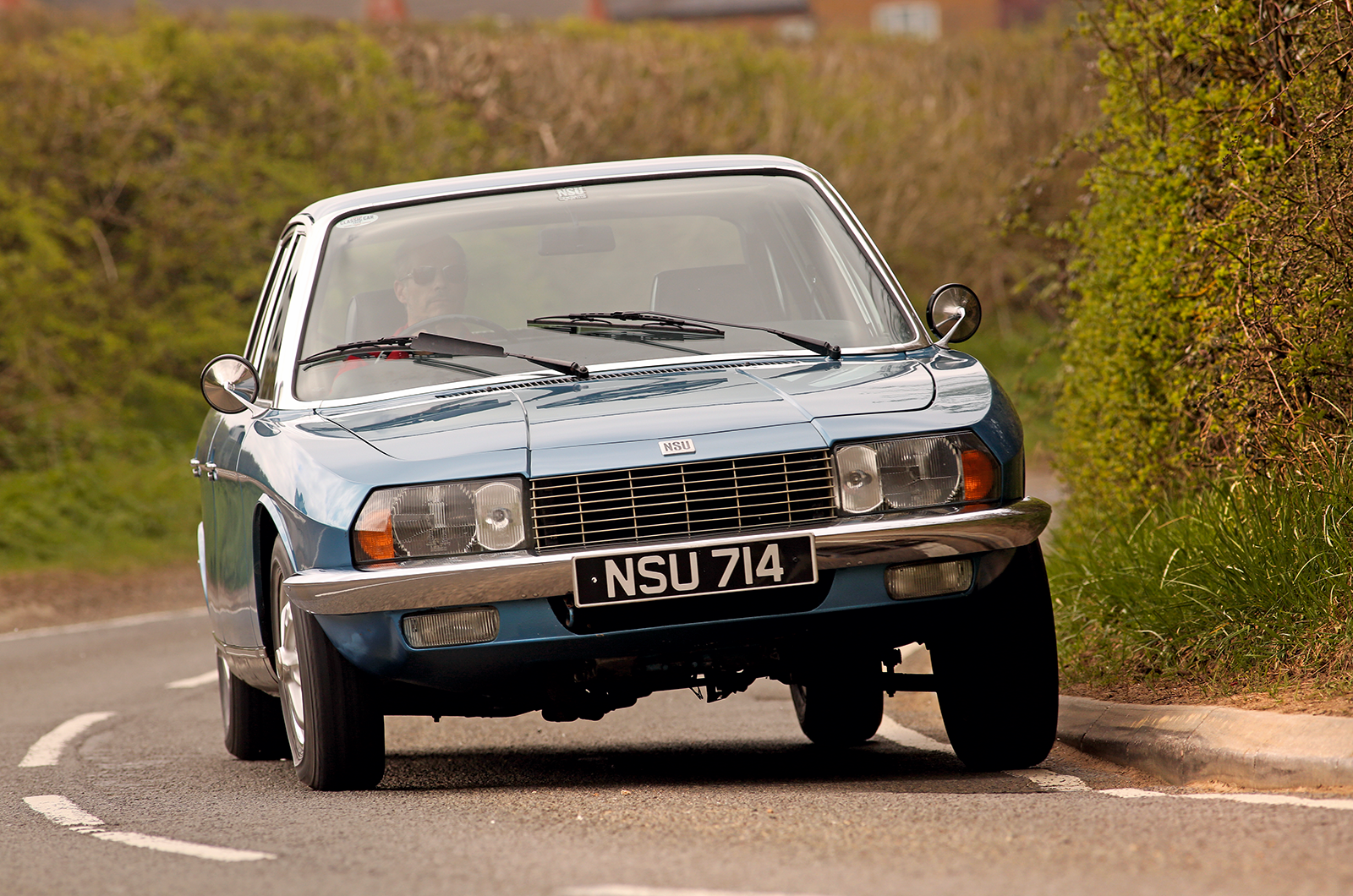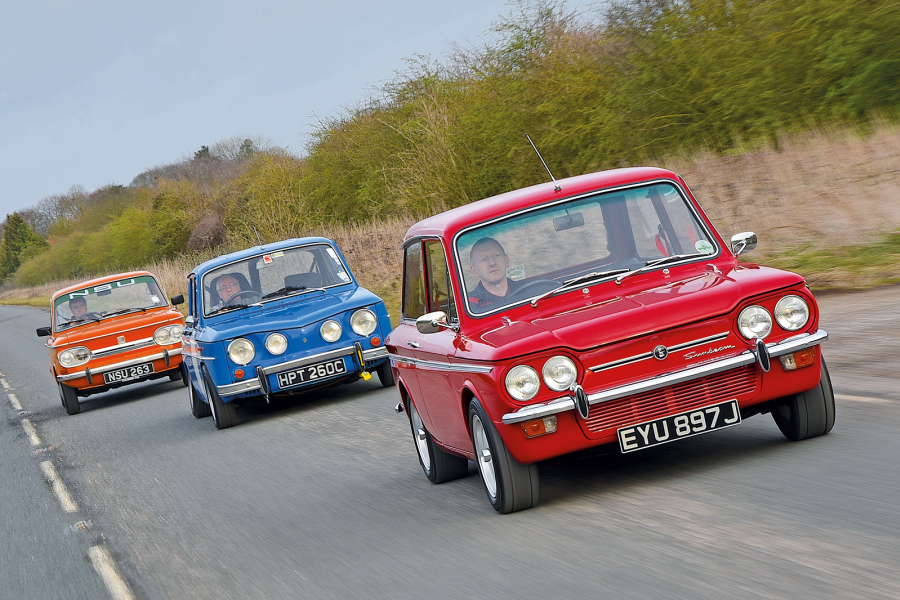
Why you’d want an NSU Ro80
Surely the most modern 50-year-old car that you can buy, the NSU Ro80 is far more usable than most people think, and grossly undervalued.
That’s all down to its past reputation, and (understandable) fear of its revolutionary technology, but a well-restored Ro80 can be extremely durable even in standard form. That longevity could be further enhanced with the ceramic rotor tips being developed by the German club.
Compact, light, quiet and exceptionally smooth, the Wankel has one flaw: poorer fuel consumption than most rivals.
As a car, though, the NSU offers far more than just its remarkable motor. Its three-speed, semi-automatic transmission has a vacuum-operated clutch controlled by a microswitch in the gearlever and a torque converter to give fluid power delivery.
The Ro80 has front-wheel drive, with the engine mounted low and forward. It has rack-and-pinion power steering, plus dual-circuit disc brakes all round. It has all-independent suspension with MacPherson struts up front and semi-trailing arms at the rear. And it has a drag coefficient of just 0.355.


(l-r) The famous Wankel rotary engine; mirror image shows clever running gear and roomy cabin





